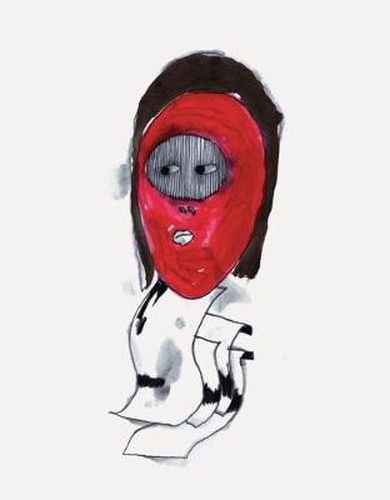Readings Newsletter
Become a Readings Member to make your shopping experience even easier.
Sign in or sign up for free!
You’re not far away from qualifying for FREE standard shipping within Australia
You’ve qualified for FREE standard shipping within Australia
The cart is loading…






In the 1990s, Cuban-born artist Diango Hernandez started an extended series of drawings which processed the political and economical crisis of Cuba after the collapse of the socialist systems in Eastern Europe. These drawings functioned as a kind of political diary where the artist could transform everyday objects from the street into utopian configurations. Hernandez came to call his entire practise drawing, be it a complex installation, a sculpture or an accidental trace on a piece of paper.
revantgarde documents for the first time the artist’s most recent body of work. While the drawings are still deeply rooted in recent Cuban history, they feature romantic and fantastic motifs which constitute an attempt to conceive of a highly imaginative future. The essay by German art historian Anke Kempkes traces the artist’s biography and discusses how his iconography relates to the narrative inventions of Cuban writer Alejo Carpentier, who rejected the pointless imagination of the Surrealists for not being rooted enough in reality. According to Carpentier, the tropics with all their exoticism, eroticism and anticolonial struggles constituted the ideal surreal imagination.
$9.00 standard shipping within Australia
FREE standard shipping within Australia for orders over $100.00
Express & International shipping calculated at checkout
In the 1990s, Cuban-born artist Diango Hernandez started an extended series of drawings which processed the political and economical crisis of Cuba after the collapse of the socialist systems in Eastern Europe. These drawings functioned as a kind of political diary where the artist could transform everyday objects from the street into utopian configurations. Hernandez came to call his entire practise drawing, be it a complex installation, a sculpture or an accidental trace on a piece of paper.
revantgarde documents for the first time the artist’s most recent body of work. While the drawings are still deeply rooted in recent Cuban history, they feature romantic and fantastic motifs which constitute an attempt to conceive of a highly imaginative future. The essay by German art historian Anke Kempkes traces the artist’s biography and discusses how his iconography relates to the narrative inventions of Cuban writer Alejo Carpentier, who rejected the pointless imagination of the Surrealists for not being rooted enough in reality. According to Carpentier, the tropics with all their exoticism, eroticism and anticolonial struggles constituted the ideal surreal imagination.